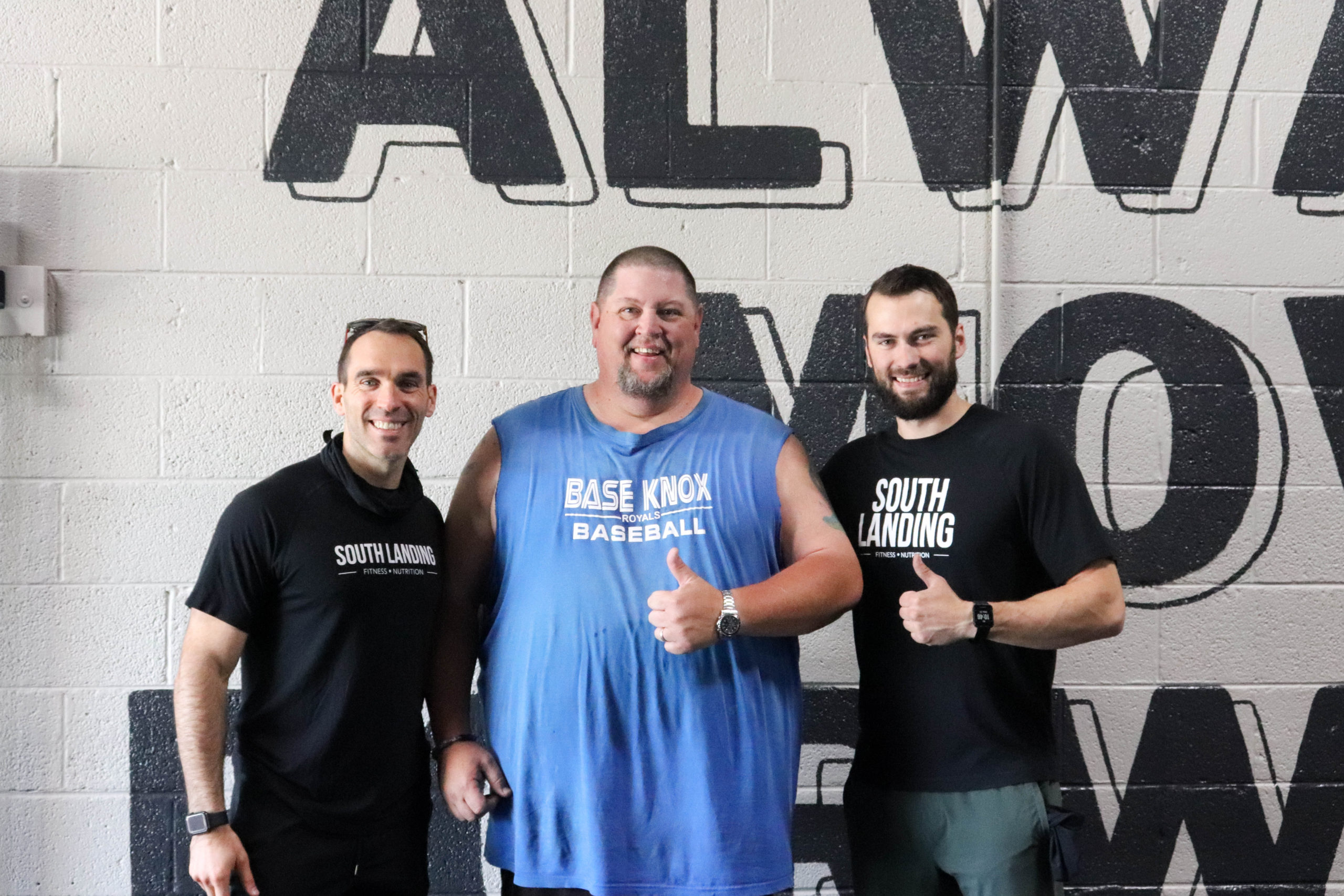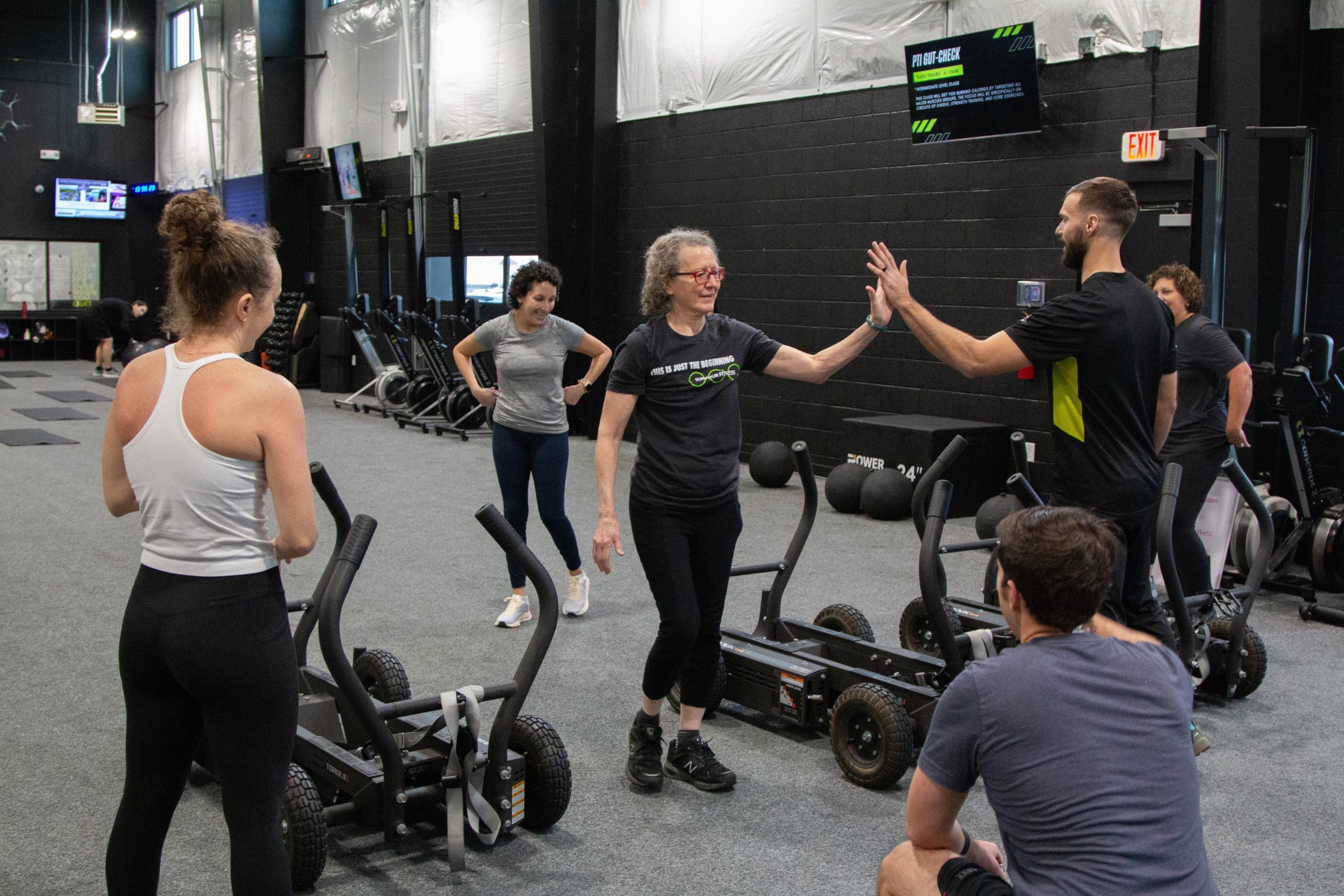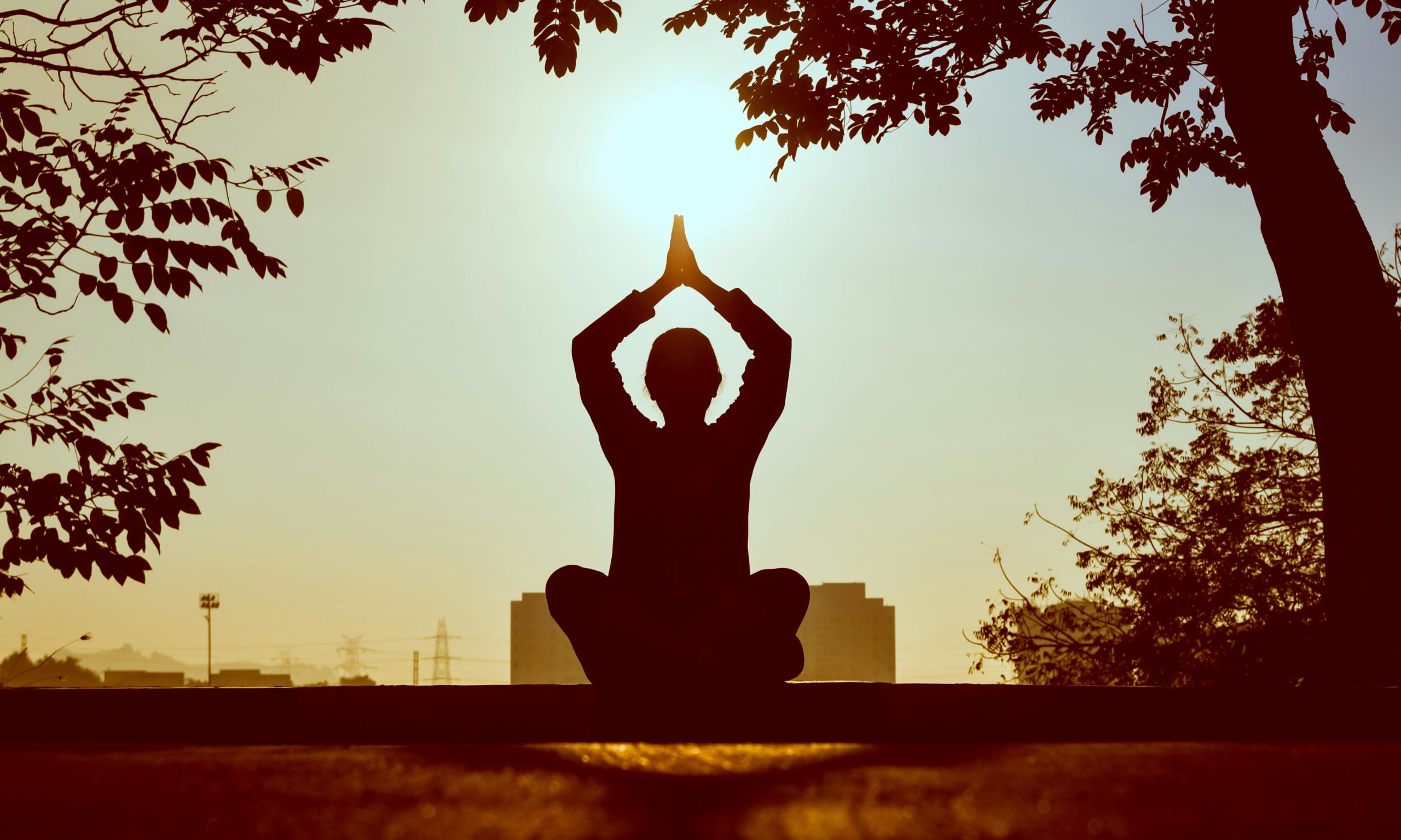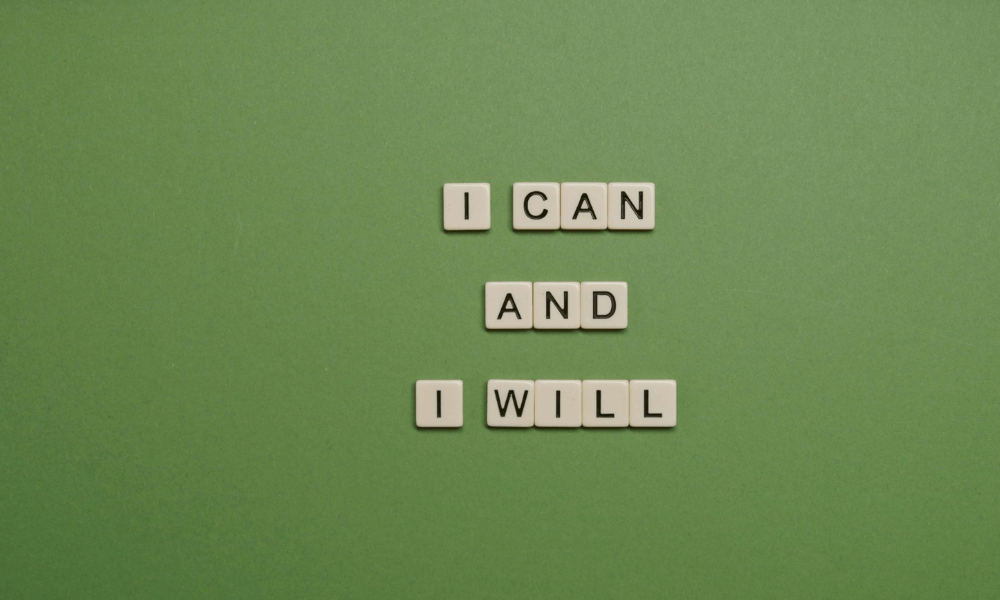Anyone who has faced a cancer diagnosis understands the crucial role of hope and positive thinking during treatment. It’s advice that people hear frequently: holding onto hope and staying positive can significantly impact the journey.
But what happens when treatment ends?
The need for positive self-talk doesn’t stop once active treatment is over—it becomes even more important. A study by the National Institute of Health indicates that 35% of cancer survivors experience significant psychological distress after treatment, including anxiety, depression, and fear of recurrence. Learning to be kind to yourself and to embrace positive self-talk is a vital part of healing and long-term well-being.
At Survivor Fitness, this approach of healing with kindness is at the heart of everything we do. It’s woven into the way our fitness trainers and nutrition partners support participants, and it’s a foundational aspect of our mental health counseling services.
Healing from the Inside Out: How Self-Talk Shapes Recovery
Positive self-talk and consistent self-care are essential for cancer survivors for several reasons. Here are a few key benefits:
Builds Emotional Resilience
Recovery after cancer isn’t just about physical healing—it’s about rebuilding confidence, strength, and emotional well-being. Positive self-talk helps survivors reframe their thoughts, shifting from fear or self-doubt to a mindset of resilience and possibility. When you reframe challenges with kindness—turning “I can’t do this” into “I’m doing the best I can”—you strengthen your ability to bounce back from setbacks. This mindset shift helps survivors approach recovery with patience and determination, knowing that healing is a process, not a race.
Reduces Stress and Anxiety
Survivors often experience anxiety about their health and the future. Research shows that engaging in self-compassion and positive self-talk can lower cortisol levels, reduce stress, and promote relaxation. Instead of dwelling on uncertainties, try reminding yourself, “I am prioritizing my health and well-being every day.” This shift in mindset can help create a greater sense of peace and focus on what is within your control
Fostering Connection and Finding the Support You Need
Cancer recovery isn’t meant to be faced alone, and positive self-talk can remind you that you are worthy of care, community, and encouragement every step of the way.
The way you talk to yourself can shape the way you engage with the world around you. A kind and encouraging inner dialogue makes it easier to reach out for support when you need it—whether that’s asking a loved one for help or building your support system for life after cancer.
Strengthens the Mind-Body Connection to Improve Overall Health
A study from Johns Hopkins found that a positive mindset can contribute to lower inflammation, better immune function, and improved overall health. This mind-body connection is a powerful force in the healing process. Many of our Survivor Fitness participants share how believing in themselves was a critical part of their physical recovery journey.
Words to Lift You Up: Mantras for Strength and Healing
If you’re looking for ways to incorporate positive self-talk into your daily life, here are a few simple yet powerful affirmations to try:
“I Can. I Will.”
This was our Survivor Fitness motto in 2024, and every participant fills it in on our board as they begin their training journey. It’s a simple but powerful reminder that you are capable and you have the strength to move forward.
“I Am More Than My Diagnosis.”
Cancer may be part of your story, but it does not define you. This affirmation helps you reclaim your identity beyond your medical history and focus on the full, vibrant life ahead of you.
“I Deserve to Heal at My Own Pace.”
There’s no timeline for recovery, and healing looks different for everyone. Giving yourself permission to heal in your own way fosters patience and can help you find the motivation to exercise after treatment.
“Every Day, I Am Getting Stronger.”
Progress may be gradual, but each step forward—whether in fitness, nutrition, or emotional well-being—matters. Reminding yourself of your growth helps reinforce your commitment to recovery.
Healing with Kindness Starts Here
Navigating life after cancer treatment is a journey, and being kind to yourself along the way is one of the most powerful things you can do.
At Survivor Fitness, we believe that healing with kindness is key to rebuilding life after cancer. If you or someone you know is looking for guidance through personal fitness training, nutritional coaching, or mental health counseling, we’re here to help. Explore our programs or apply today to connect with a team member who can help you create a path that works for you.









